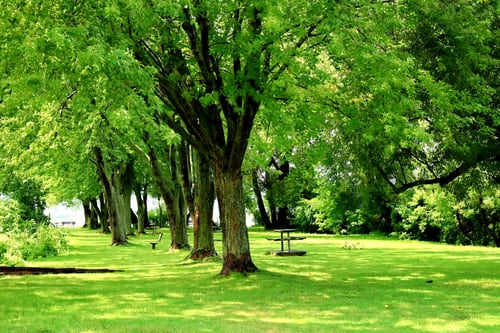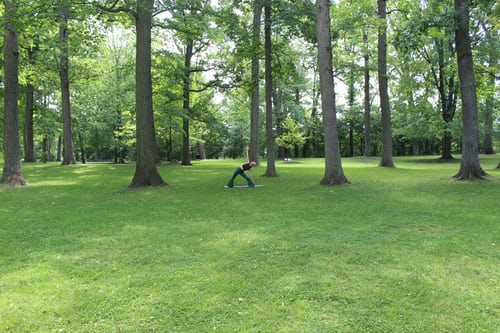Weeding is the process of removing unwanted weeds from your lawn. It is a difficult and time-consuming task. However, several weeding methods exist to make the task easier. Read this article to discover the two most recommended weeding techniques.
How is manual weeding done?
Manual weeding is an excellent method of ridding your lawn of unwanted weeds. This method of weeding involves using your hand to remove weeds from your lawn. This method is effective in controlling occasional or one-time invasions. Dandelion and thistle are examples of unwanted weeds that can be removed with this effective method.
This method is carried out with a weeding knife. But it is also possible to use another tool. This is the asparagus gouge, which is also a chisel. It is used more by farmers. Because it is easy to dig up weeds and vegetables down to their roots. And by the way, to get rid of the weeds completely, you must remove the root of the weed from the soil. Remember that a small fragment left behind can cause the weed to grow back. This method of weed control also removes suckering plant debris.
However, if the weeds occupy a quarter of the total area of your lawn, it is advisable to remove the entire vegetation with a weed killer without inconvenience.
How is selective weeding carried out?

Selective weeding is also a very effective method of ridding your lawn of unwanted weeds. This method consists of removing weeds with lawn weed killers. This method of weeding easily eliminates plantains, grasses, clovers, etc. If this method seems simpler to you, then be aware that it takes several applications before the weeds are completely eliminated. Since some weeds, such as speedwells, are very stubborn.
However, you should wait at least 15 days before a second application. For lawns larger than 100 m², it is advisable to use lawn weedkillers in granular form. To avoid the risk of burning, it is advisable to apply the weedkiller 4 days after mowing on a well-moistened soil.
If there are bare spots after weeding, you can sow infill grass to fill these spots.

